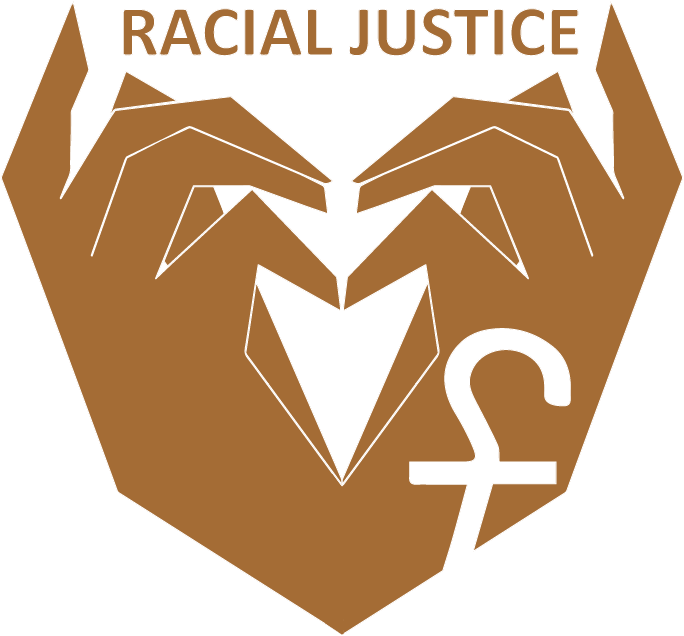Second Sunday of Easter
April 8, 2018
Good Shepherd Lutheran Church
Decorah, Iowa
Rev. Marion Pruitt-Jefferson
Today’s scriptures: Acts 4:32-35; Psalm 33; 1 John:1:1–2:2; John 20:19-31
Beloved of God,
Grace and Peace to you from our risen Savior, Jesus Christ. Amen.
I can only speak for myself, but I found the worship we shared here at Good Shepherd during Holy Week and Easter to be deeply moving. I was touched by so many things, but one in particular stands out for me. It was on Maundy Thursday, as the lector read these words from the eleventh chapter of First Corinthians: Jesus on the night when he was betrayed took a loaf of bread, and when he had given thanks, he broke it and said, “This is my body that is for you.”
I know I’ve heard that many, many times, but in that moment the Spirit was at work in a new way; and it was as if I heard those words for the first time. Jesus says it so simply, “This is my body that is for you” – Jesus’ body for me, Jesus’ body for you. It’s an astonishing thing to say. When a friend is having trouble, or is sick, we might say something like, “I’m here for you.” But we’d never say, “My body’s here for you.” If we’re leaving our family to go on a long trip, we might say, “I’ll be thinking of you”, or “I’ll never forget you. Do this in remembrance of me.” But we don’t hand them some personal memento and say, “This is my body that is for you.” Maybe it’s because we hear it so often and it’s become too familiar – maybe that’s why we aren’t simply speechless with amazement at the wonder of it all, by the love, the mystery, the abundant goodness of Jesus’ body for me, for you.
In the gospel today, Jesus appears to his disciples in his resurrected body. I don’t know why, but somehow Jesus, in his resurrected body, is a bit difficult to recognize. He’s mistaken for a gardener, a fisherman, a fellow traveler. As the story goes, these disciples, who are in lock-down mode on Easter day, suddenly find themselves in the presence of an unknown man. Even though Jesus greets them with Peace, they don’t recognize him. Can you imagine their confusion, their fear in that moment? But in gentleness and compassion, Jesus draws near to them and humbly shows them his wounded body – his pierced hands, and scarred side. And it is only when they see these marks of suffering on his body that they recognize him as their beloved friend and teacher – all of them except Thomas, of course.
Poor Thomas has gotten a bad rap over the centuries having been labeled “Doubting Thomas”, like that was a bad thing. If it was up to me, I’d call him “Questioning Thomas”. The other disciples were so afraid that they were hiding behind locked doors; but not Thomas. Given his inquisitive nature, I wonder if Thomas was out and about on that first Easter day, seeing what he might learn about this story the women had told them about Jesus’ rising from the dead. If that’s the case, we might well be able to call him “Thomas the Brave” – the only one who was willing to risk his life to find out if it could possibly be true.
When Thomas comes back, his friends tell him that Jesus has risen and that they have seen him. I imagine that they told him in detail all that Jesus had said and done, including the part about Jesus showing them his wounded hands and side. But Thomas isn’t satisfied with their report. He wants to see and to touch Jesus’ wounded body, just as they had done.
One week later, on the second Sunday of Easter, the disciples are together again and this time Thomas is with them. Just like the previous week, Jesus comes to them and says, “Peace be with you.” Then immediately, he directs his attention to Thomas. There is no chastisement for question- ing. There is no condemnation for the failure to believe. Instead, Jesus approaches Thomas with love and humility and offers Thomas his wounded body. Jesus, the crucified and risen one, comes not in earthly power and glory, but in vulnerability bearing the visible signs of his suffering and death. And he allows Thomas to touch his wounded body and Thomas believes.
This morning, on this Second Sunday of Easter, Jesus comes to us again just as he has done in innumerable times and places since that very first Easter day. Jesus comes to us in the vulnerability of his wounded, broken body. Jesus comes to us in deep love and compassion, knowing that each one of us bears our own scars, our own wounds, our own pain and sorrow. Jesus comes to us in this humble way so that we will not be afraid. There is no chastisement here, no judgement, only the loving kindness of Jesus, crucified and risen. Here at this table Jesus invites us to reach out our hands and to touch his broken body. And here Jesus touches us in all those places where we are wounded, and broken, and longing for healing. Jesus says to each one of us, “This is my body, that is for you”; and by his wounds we are made whole. Here we are raised to new life in Christ – wounded and made whole, broken and beloved – and then we are sent out to bring the love and healing of our humble, vulnerable, life-giving Lord to a world longing to be made whole.



